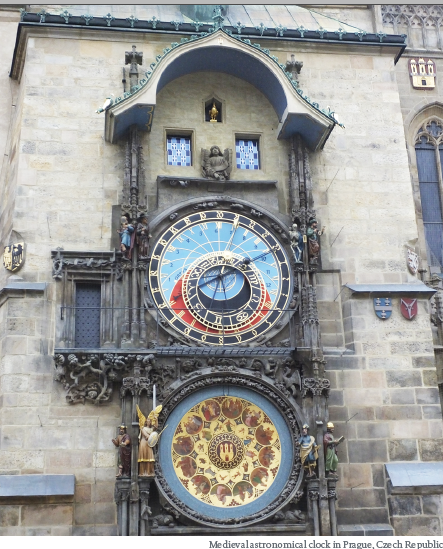
In several articles in this issue of the magazine you read about time synchronization. But when we are deciding about how to do it, one of the main questions we need to ask is “How accurate does it need to be?” And as usual the answer starts with “It depends!”
It depends on so many things, but mainly on what we are trying to do, what do we need the time for.
When I read the amazing stories about the history of timekeeping and calendars, it is impressive how dependent they are on the geographical location. For example, if you are further north in the northern hemisphere many of the activities through the centuries were dependent on the seasons, which are determined by the position of the earth related to the sun. So, in these places the calendars are sun-based.
However, if you live close enough to the equator, there are no seasons, but you can then decide to use the cycles of the moon to define your calendar. For the calendars the accuracy of a day has been enough for establishing the start of some important activity.
With the establishment of religions, the time to pray or perform a specific ritual becomes important, which drives the need for more precise time keeping resulting in the use of sun-dials during the day and water clock during the night. These were both distributed timekeeping solutions and the sun-dial is also dependent on the cloud coverage. That is why a more reliable solution was needed.
The first mechanical clocks appeared in Europe in the 13th century in the form of church clocks indicating the time by bells that you can still hear in many places every quarter of an hour, telling in a centralized way what time it is, so people can synchronize their activities as required.
The development of timekeeping technologies has been improving constantly reaching accuracies in minutes and seconds that have been sufficient for the typical human activities.
After the North American blackout, it was established that to support the analysis of wide area disturbances all IEDs need to be synchronized with 1 msec accuracy. Today synchrophasor measurements and merging units in digital substations require 1 microsecond accuracy. And who knows when we will be using 1 nanosecond or better.
It is a changing world








